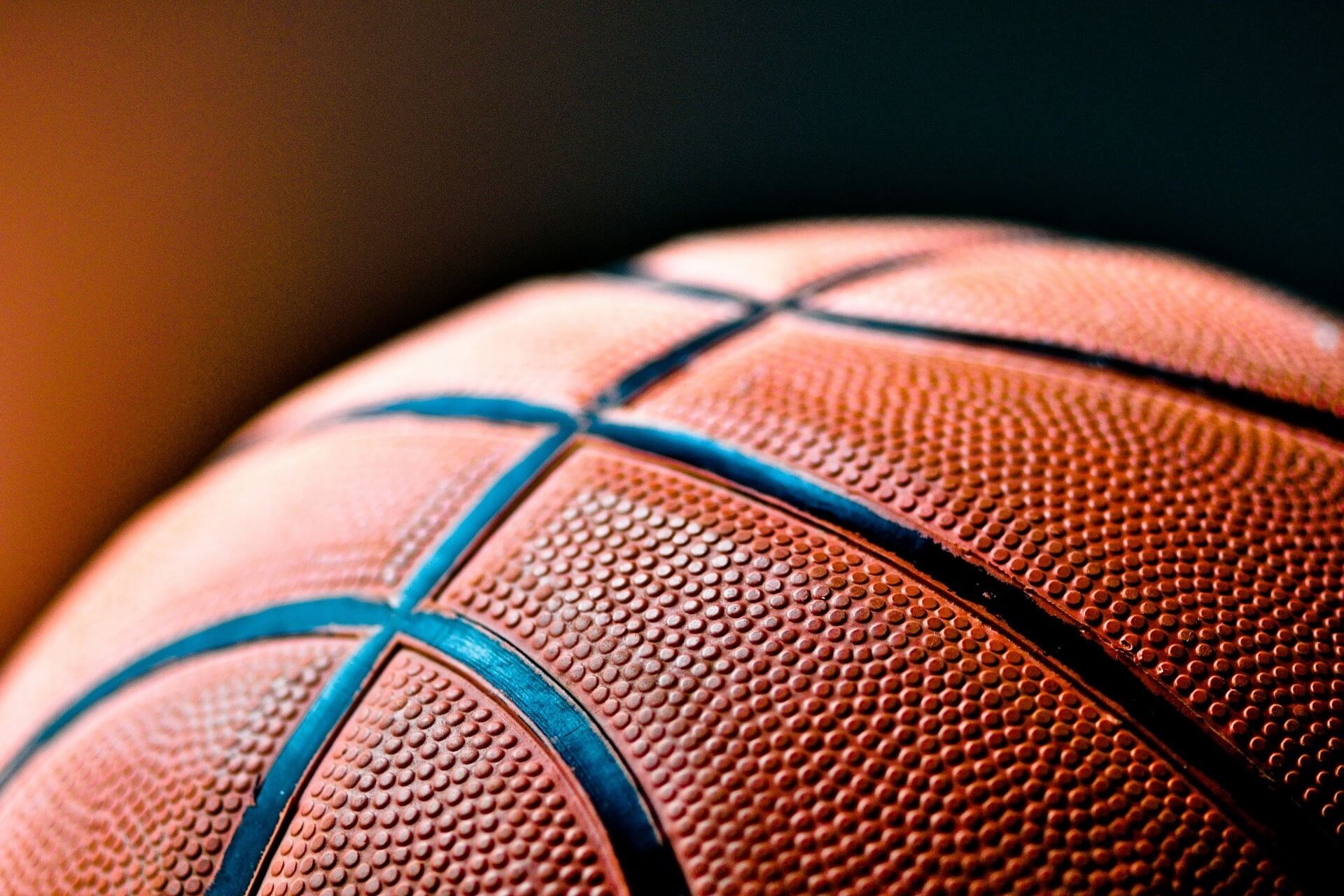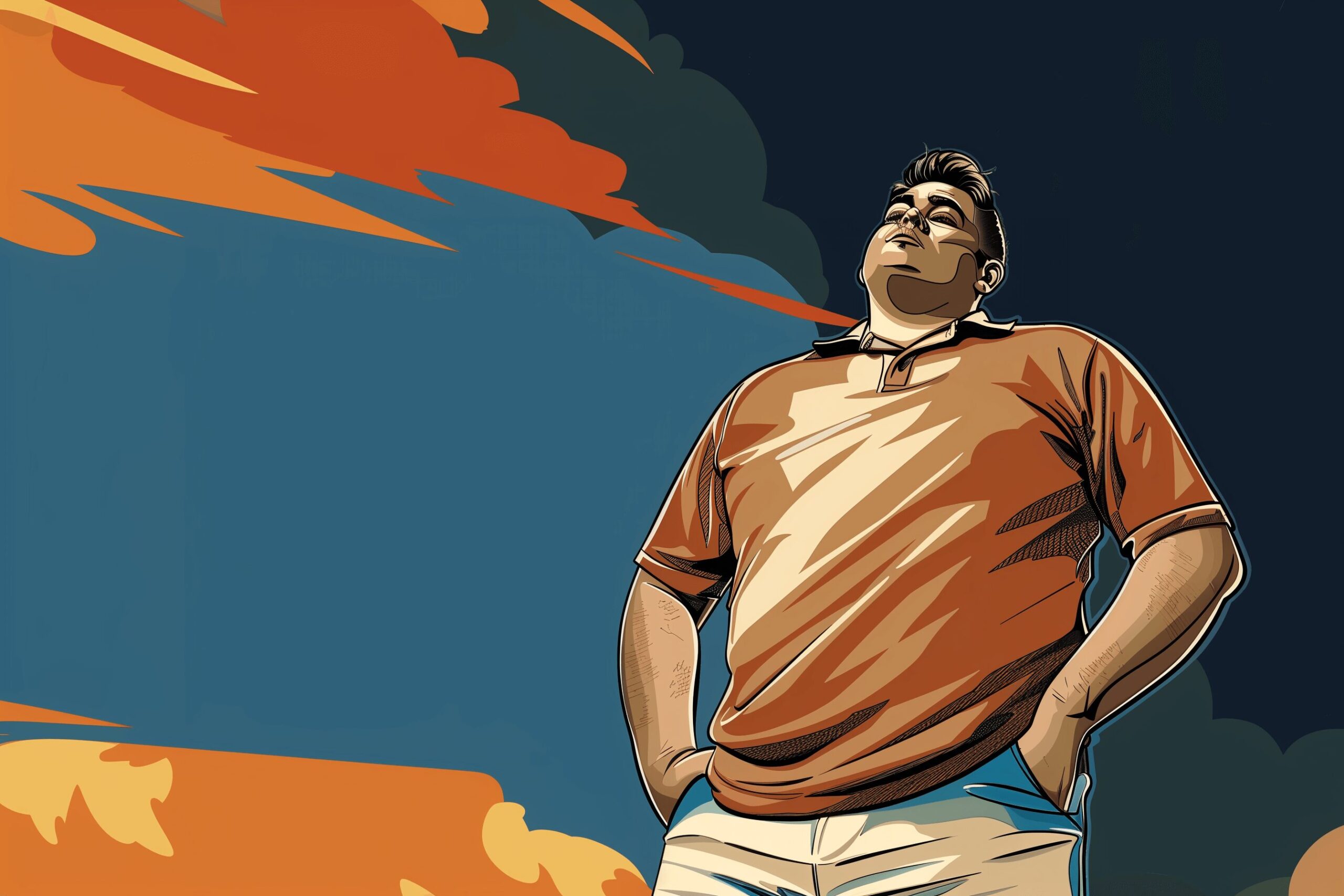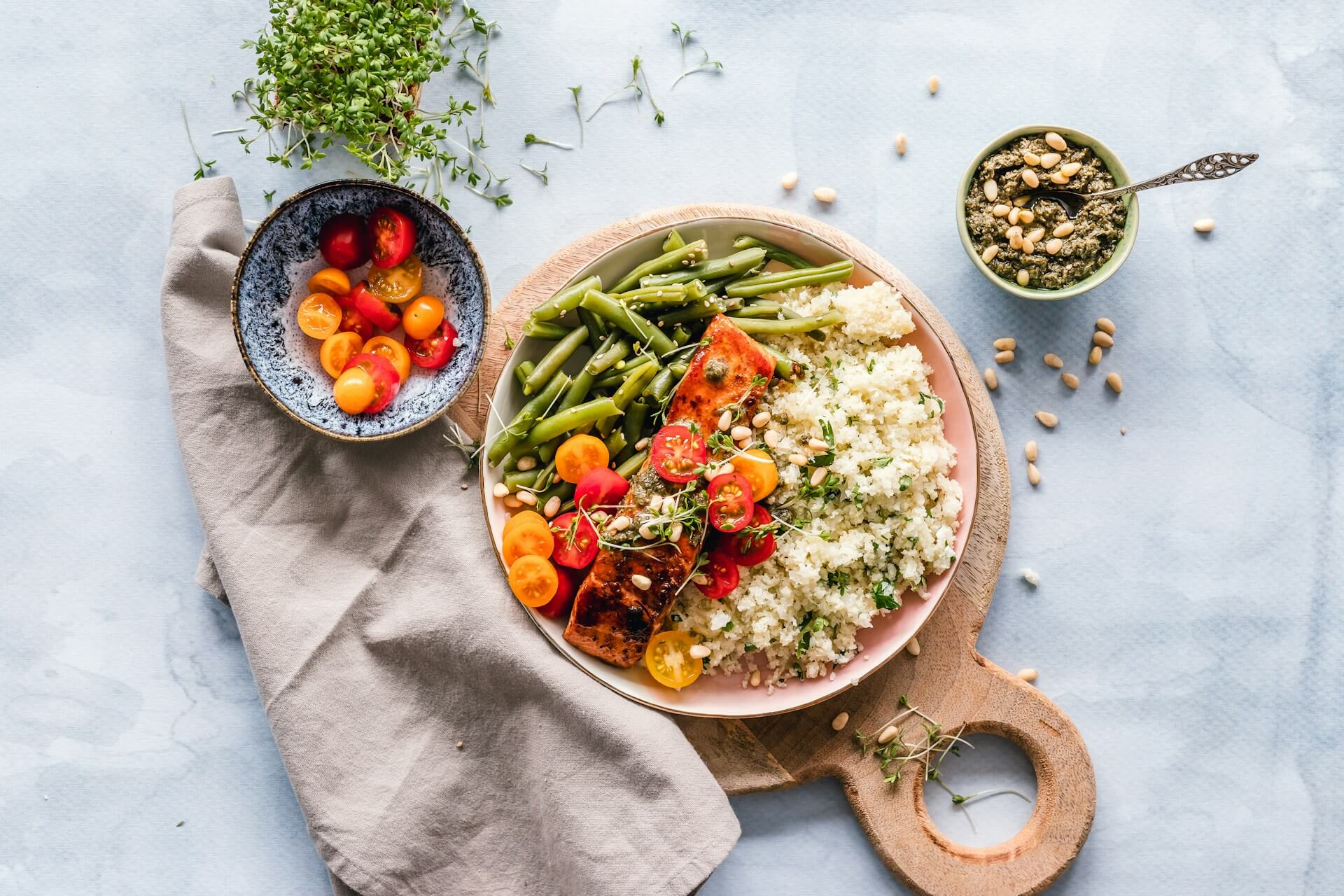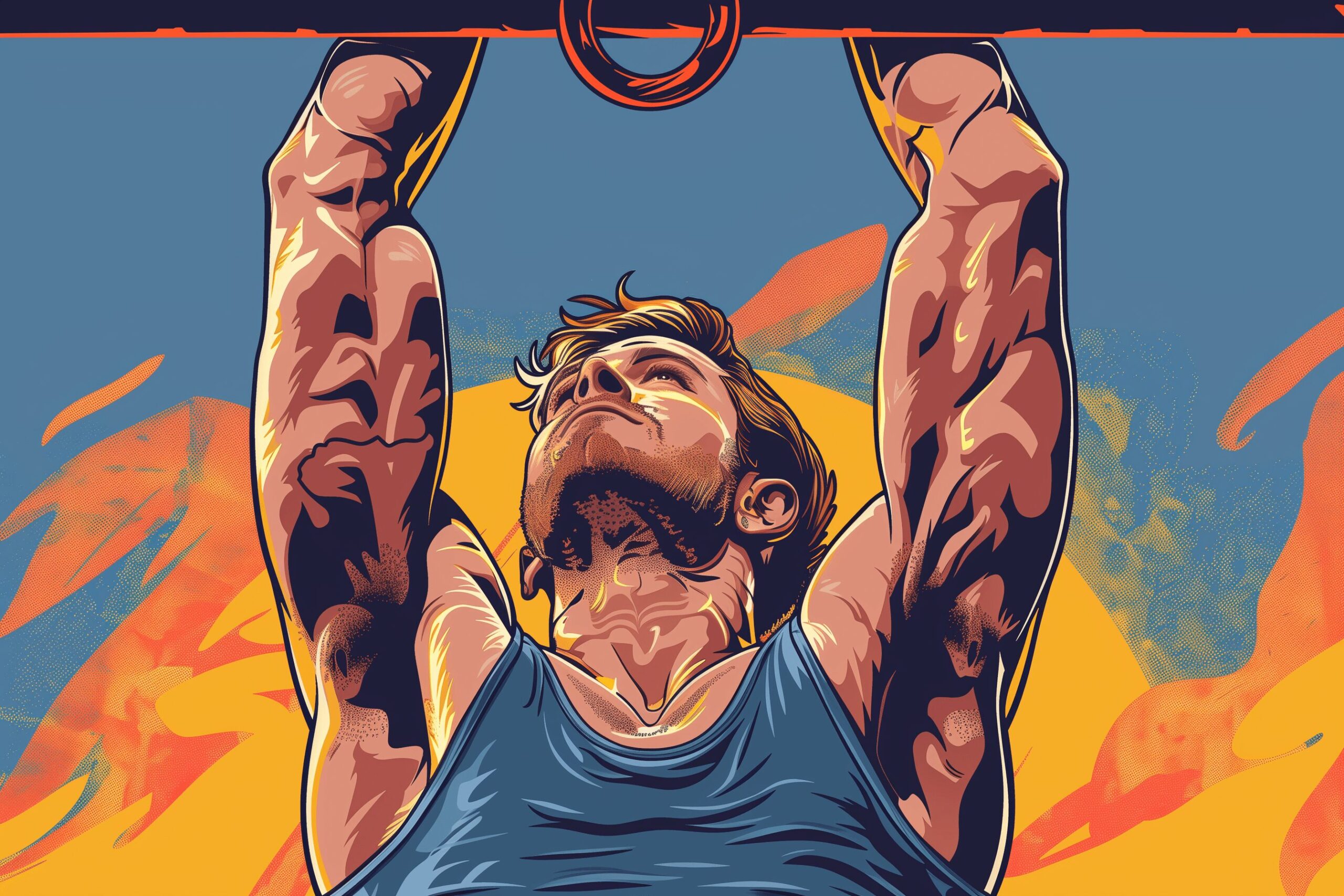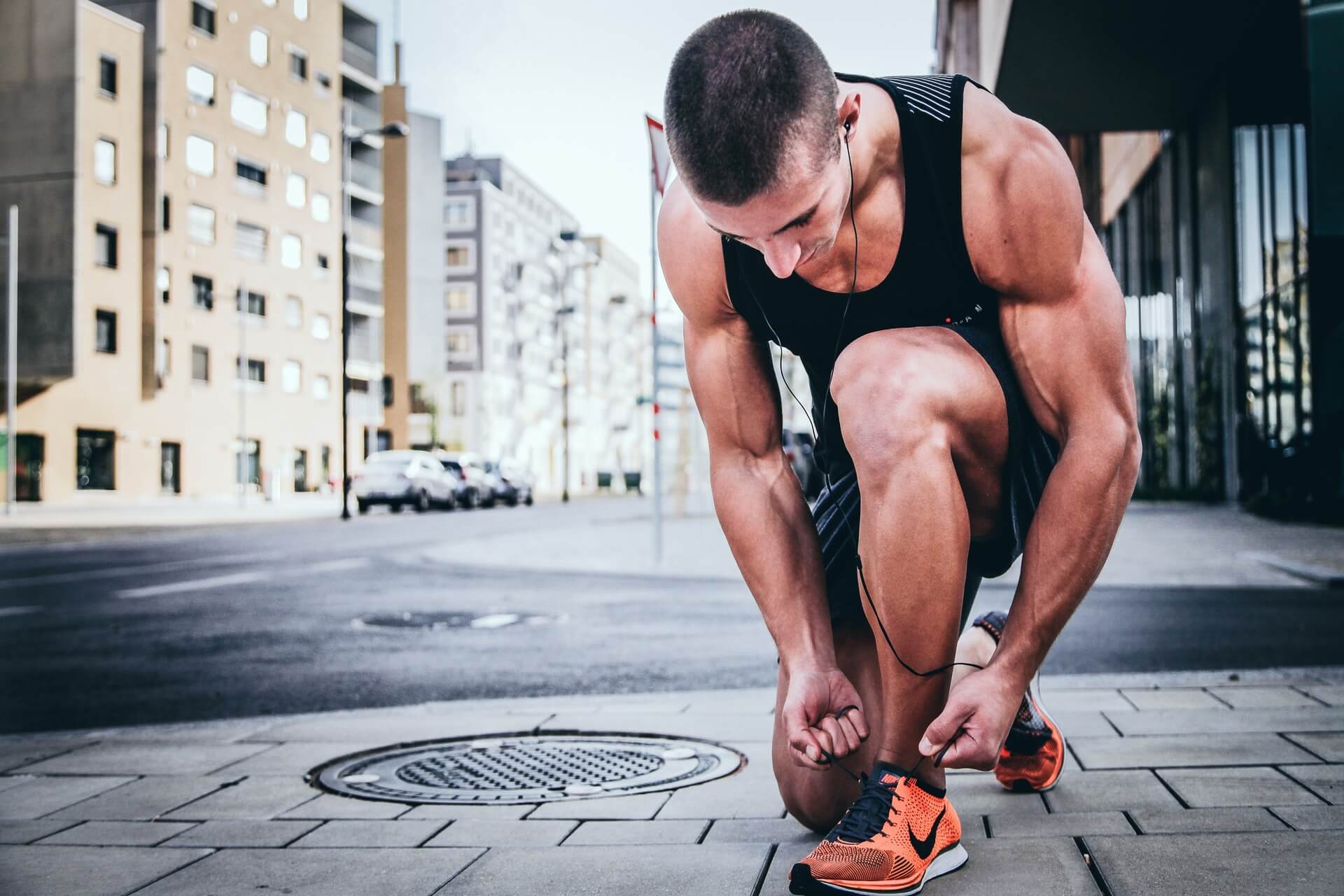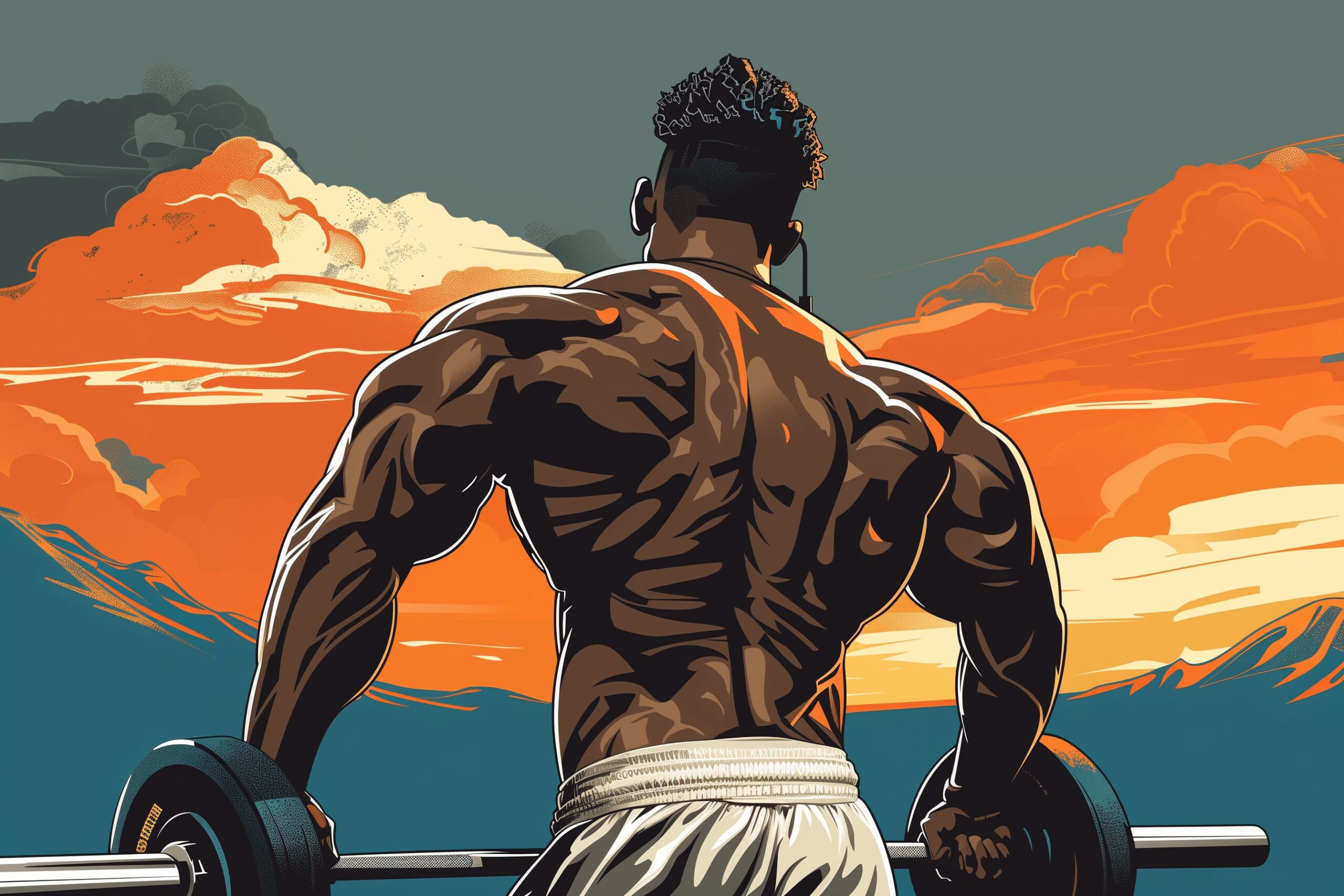13 Types of Squats to Crush Leg Day
Apr 05, 2023
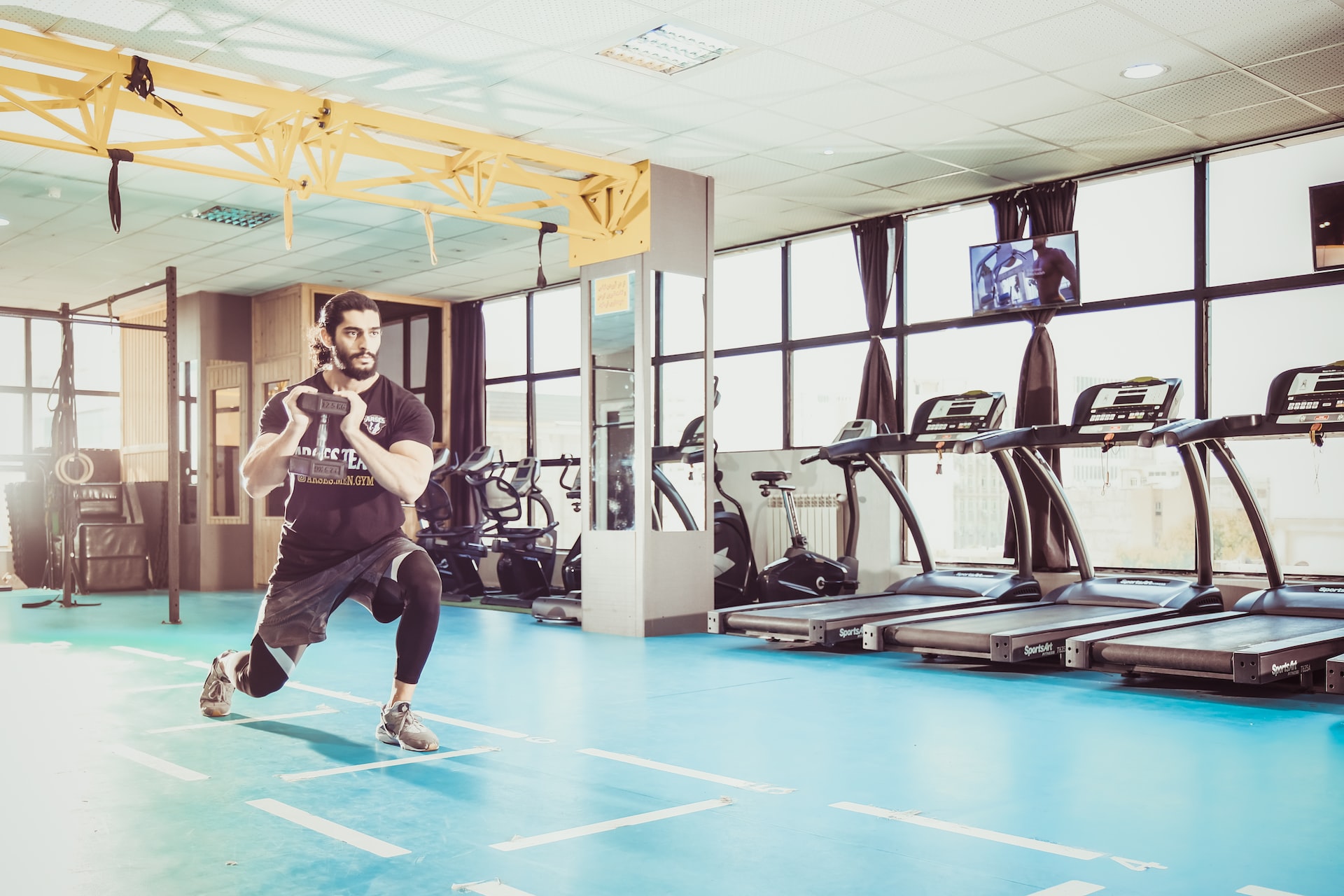
As an Amazon Associate, Modded gets commissions for purchases made through links in this post.
Looking to revamp your leg game? Turns out you don’t need fancy equipment or personal trainers to meet your fitness goals. With one simple move using only your body weight, you can work the entire core, lower body and even the shoulders and back. Meet your new best friend: the squat.
Squats are a fairly basic and familiar exercise, but they target a wide range of muscle groups, such as:
- Glutes and buttocks: gluteus maximus, minimus and medius
- Front of thighs: quadriceps
- Back of thighs: hamstrings
- Calves
- Hip flexors
- Core: rectus abdominis, obliques, transverse abdominis, erector spinae
- Groin: adductor
While a basic squat is a tried and true exercise, there are dozens of types of squats that you can employ for a total-body burning workout. Different moves naturally work different muscles and some even act as cardio. Squats also improve flexibility as they teach tendons and muscles to be more elastic.
Better yet, most squats use only your body weight, so they can be completed almost anywhere! Low-impact workouts like these are not only great for your knees but super for apartment-dwellers who don’t want to disturb the neighbors living below.
Explore the wealth of benefits that these types of squats can offer any gym fanatic. In no time, you’ll feel your balance and strength skyrocketing.
Basic Squat Sequences and Safety
Before you fly off into more unique types of squats, take a moment to refamiliarize yourself with the basic squat.
- Standing up, position your feet to be shoulder-width apart. Toes should be slightly pointed out and arms hanging by your sides.
- Hinge at your hips and slowly bend your knees. This should feel like sitting down onto a low couch. At the same time, move arms so that they are clasped in front of you, elbows bent.
- Bend until your thighs are parallel to the floor or until it is uncomfortable. You can get lower as you become more experienced and flexible. At this point, rise back up to the starting position, pushing through your heels.
That’s all you need to do for one rep! Each of the examples below expand on this basic format in some way, either through jumping, lunging, twisting or side-stepping. Each type requires knowledge and proper form of a basic squat though, so spend some time with this exercise before moving forward.
The wrong form could place stress on knees and necks, so take these safety precautions with you:
- Keep your eyes on a fixed point in the distance to maintain balance.
- Active core muscles to keep stress off of lower joints.
- Maintain an upright posture with shoulders rolled back to support the neck.
- Ensure your feet are at shoulder-width or slightly wider.
Once you master the basic squat, you may advance into these exercises that challenge the body in new ways.
1. Side Squat
Side squats work the gluteus medius, which is the thigh muscles rounding out the sides of your upper leg. One rep follows these steps:
- Stand with feet shoulder width apart.
- Take one big step to the right with your right foot.
- Slowly lean and hinge hips to the right, bending the right knee. Keep the left leg planted and straightened.
- When parallel to the floor, rise back to center.
- Repeat the same steps on the left side.
2. Side Kick Squat
Building off of the side squat is the side kick squat, which adds an element of heart-racing cardio. Pretend you’re a superhero knocking out villains to really get the energy flowing into that kick. Follow these steps for one rep:
- Sink into a basic squat.
- As you rise up, take your right leg up and into a high kick.
- Drop the right leg back down and immediately move back into a basic squat.
- Repeat on the left side.
3. Lateral Squat Walk
This move also targets the gluteus medius with an emphasis on heart rate. Staying low in that squat enhances your endurance.
- Complete a basic squat, but stay in the low position.
- Step one foot to the right and follow with the other foot. Now you are in a new spot in the room.
- Take a side step with your left foot and follow with the other. Now you should be in your original spot.
4. Plié Squat
Let’s target those inner thighs! A plié squat is reminiscent of ballet dancing, but it is anything but light and delicate. Feel your muscles burn as you move.
- In a standing position, make sure feet are wider than shoulder width. Turn feet outward so that your inner thighs are forward.
- Clasp hands in front, elbows bent. Check that your posture is aligned with the neck and pelvis.
- Bend at knees, sinking low.
- Rise back up to complete one rep.
5. Sumo Squat
The sumo squat has exactly the opposite name energy as the plie squat, but they both burn that inner thigh and gluteal region.
- Stand with feet hip width apart, slightly wider than the basic squat.
- Push hips backward and sink into squat.
- Rise upward to complete one rep.
6. Squat Lunge
Lunges are another popular exercise that work hamstrings and quadriceps. Combine squats and lunges for a double-whammy event.
- Stand shoulder width apart with hands in praying position.
- Complete a basic squat.
- Take a step forward and sink into a lunge. Both knees should be bent at a 90 degree angle.
- Push through the balls of your feet to return to standing position.
7. Bulgarian Squat
Working one side at a time is a unilateral workout and tests balance and core strength alongside the lower body.
You do need some sort of equipment for this one, be it an old cardboard box, a stool at the gym or your living room couch. All you need is a stable object tall enough to rest your leg at calf height.
- Stand two feet away from the box or couch with your back to it.
- Push the right leg behind and rest the top of your foot onto its surface. This will remain here until you switch legs.
- Bend your knees until the rested leg’s knee taps the ground.
- Rise back up with your foot still on the box.
8. Single Leg Squat
This is another unilateral workout that uses a box or tool of some kind to test balance and fatigue muscles.
- Stand with your back to the box and your right leg hovering in a bent position.
- Bend your left knee and sink down until your butt nearly touches the box. Try not to sit down. At the same time, extend your arms and hover your legs forward.
- Bring arms and hovering leg back to starting position and rise up.
9. Goblet Squat
You may need a dumbbell or kettlebell for this exercise. If you don’t have any, try some soup cans or heavy books instead. A goblet squat challenges the upper body and core alongside the lower body.
- Hold weight in front with elbows pointed to the floor.
- Complete a basic squat with stable balance.
10. Squat and Twist
You may also employ two weights for these types and sets of squats to really challenge the shoulders and obliques.
- Hold weight in each hand and rest at shoulder level.
- Complete a basic squat.
- To rise, push through heels and lift weights overhead. At the same time, twist the core so that you are facing to the right. Feet stay planted.
- Rotate back to a center-facing position and repeat on the opposite side.
11. Squat Pulse
Squat pulses seem easy from the outset, but they seriously burn like no other! Because they are small movements, it’s easier to test your tenacity through time instead of reps here.
- Complete a basic squat but do not rise back into the starting position.
- Instead, press into heels to lift a few inches and back down.
12. Squat Jump
Jump squats elevate the basic squat into a heart-pumping, sweat-inducing burner of a workout.
- Complete a basic squat.
- Before rising up, place balance into balls of feet and rocket upwards into a high jump.
- Land softly and immediately sink into another squat.
13. Circle Squat Jump
This move adds oblique strength into your jumping moves. This is the ultimate total-body killer!
- Complete a squat jump.
- While in the air, twist your body so that you make a half turn. Think of your surface as a compass or clock so that you can make four half-turns to complete one rep.
Crush Your Next Leg Day
Once you feel confident enough to tackle these types of squats anyday, anywhere, branch out your abilities by adding in more weights or resistance bands.
Before and after every set, be sure to stretch, especially hamstrings and calves. People are sitting for a large portion of their day and an unhealthy balance between excessive rest and striking exercise may injure these muscles. A yoga or stretching exercise is then essential for a sustainable routine.
You can chart your progress by adding more reps each set too. Imagine the glowing pride you’d feel seeing how strong your muscles have become! With these types of squats, go from boring old leg day to engaging the whole body in twisting, turning and jumping new moves.
